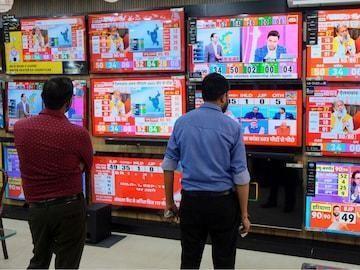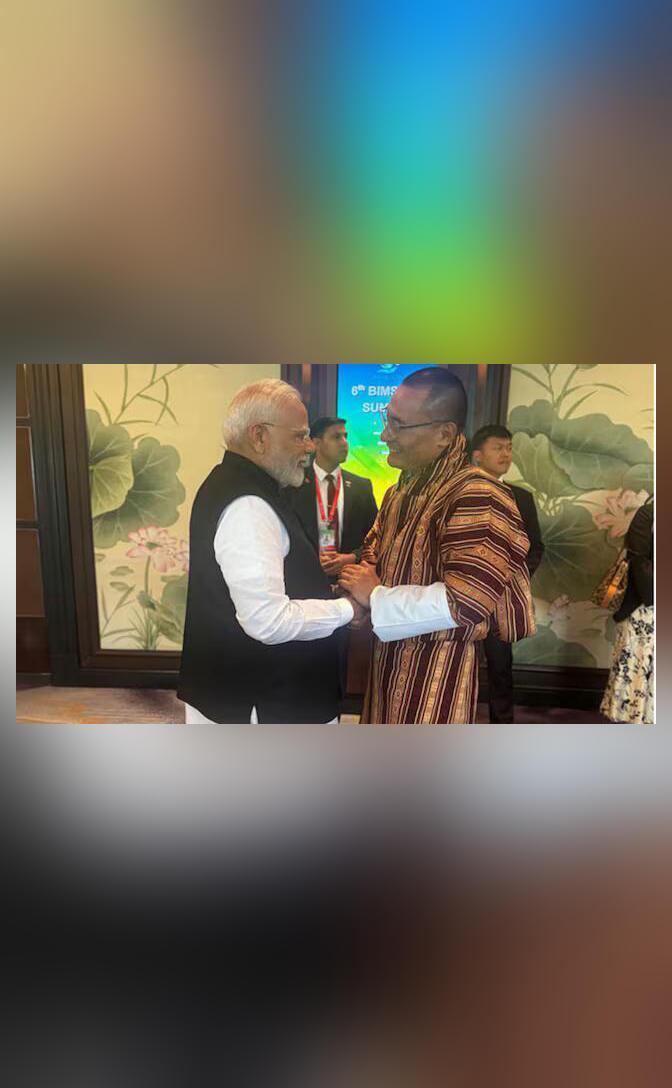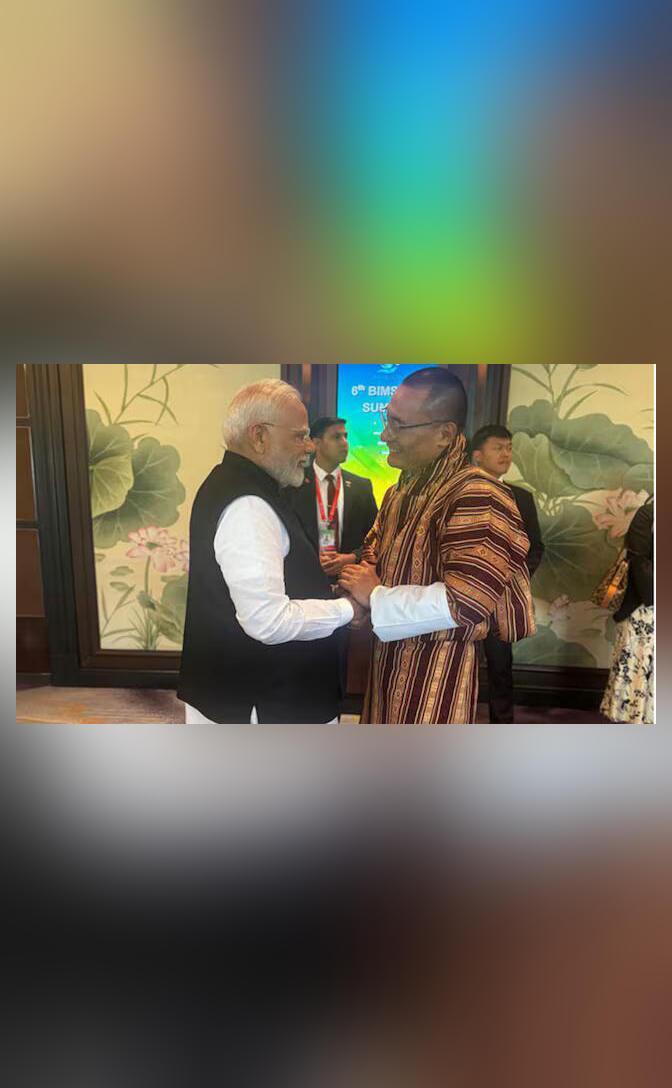
How Accurate Were Delhi Exit Poll Predictions in 2015 & 2020?
Exit polls are a crucial aspect of any election, providing a glimpse into the minds of voters and helping experts predict the outcome of the election. In the 2015 and 2020 Delhi Assembly elections, exit polls played a significant role in shaping public opinion and influencing the outcome of the elections. In this blog post, we will examine the accuracy of these exit polls and compare them to the actual results.
2015 Delhi Assembly Elections
In the 2015 Delhi Assembly elections, exit polls predicted that the Aam Aadmi Party (AAP) would secure 45 seats, the Bharatiya Janata Party (BJP) would win 24 seats, and the Indian National Congress (Congress) would manage just one seat. However, the actual results turned out to be vastly different.
AAP won an astonishing 67 seats, leaving BJP with a paltry three seats, and Congress with zero. The exit polls had grossly underestimated AAP’s strength, and overestimated BJP’s chances. This was a significant upset, as AAP had just won the Delhi elections in 2013, and many had thought that BJP would make a comeback in 2015.
The accuracy of the exit polls was questionable, to say the least. The exit polls had given AAP a significantly lower number of seats than it ultimately won. This was a major embarrassment for the exit pollsters, who had been touted as experts in predicting election outcomes.
2020 Delhi Assembly Elections
Fast forward to the 2020 Delhi Assembly elections, and exit polls again played a significant role in shaping public opinion. This time around, exit polls predicted that AAP would win 54 seats, and BJP would win 15 seats. However, the actual results were once again different from the predictions.
AAP won 62 seats, and BJP won eight seats. While the exit polls had been more accurate this time around than in 2015, they still had underestimated AAP’s strength. It was clear that AAP was still the dominant force in Delhi politics, and exit polls had not fully captured this.
What Went Wrong?
So, what went wrong with the exit polls in both 2015 and 2020? There are several factors that contributed to the inaccuracy of the exit polls.
Firstly, exit polls rely heavily on sample sizes and sampling methods. If the sample size is too small, or if the sampling method is flawed, the results may not be representative of the larger population. In both 2015 and 2020, the exit polls had significant margins of error, which meant that the actual results could have been different from the predicted outcomes.
Secondly, exit polls are often influenced by biases and prejudices. Exit pollsters may have a vested interest in predicting a particular outcome, or may be influenced by external factors such as media coverage and public opinion. This can lead to inaccurate predictions, as exit pollsters may be more likely to predict an outcome that is popular or trendy, rather than the actual outcome.
Thirdly, Delhi is a unique city with a complex political landscape. The city has a high number of independent candidates, and voters often cast their votes based on local issues rather than national or state-level considerations. This makes it difficult for exit pollsters to accurately predict the outcome of the elections.
Conclusion
In conclusion, the accuracy of Delhi exit polls in 2015 and 2020 was questionable, to say the least. While exit polls may provide valuable insights into the minds of voters, they are not infallible, and can be influenced by a range of factors.
In both 2015 and 2020, exit polls underestimated AAP’s strength and overestimated BJP’s chances. This was a significant upset, and highlights the need for more accurate exit polls in future elections.
As we move forward, it is essential that exit pollsters refine their methods and improve their accuracy. This can be achieved by increasing sample sizes, using more robust sampling methods, and avoiding biases and prejudices.
Ultimately, exit polls are an important tool in the democratic process, and can provide valuable insights into the minds of voters. However, it is essential that we approach exit polls with a critical eye, and recognize their limitations and biases.
News Source:




